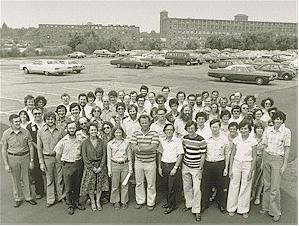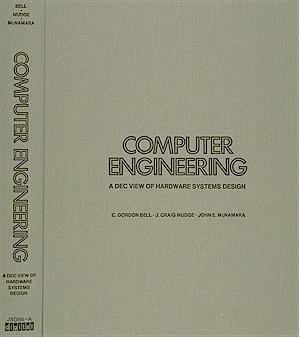 |
February:
V1.0 of the VMS operating system ships.
VMS (Virtual Memory System) was developed in parallel with the VAX, allowing complete integration of hardware and software. The overall aim during development was to achieve compatibility between systems so that information and programs could be shared. V1.0 featured FORTRAN IV and DECnet, a 64 megabyte memory limit, an event driven priority scheduler, process swapper, process deletion/creation/control, I/O post processing and AST delivery. At left is the team that delivered V 1.0. |
 |
September:
Gordon Bell, Craig Mudge and John McNamara publish Computer Engineering: A DEC View of Hardware Systems Design.
In Computer Engineering: A DEC View of Hardware Systems Design, Bell and his co-authors provide a case study of computer design at DIGITAL within the context of prevailing goals and constraints. For the first time, the computer industry was examined from an evolutionary perspective. |



